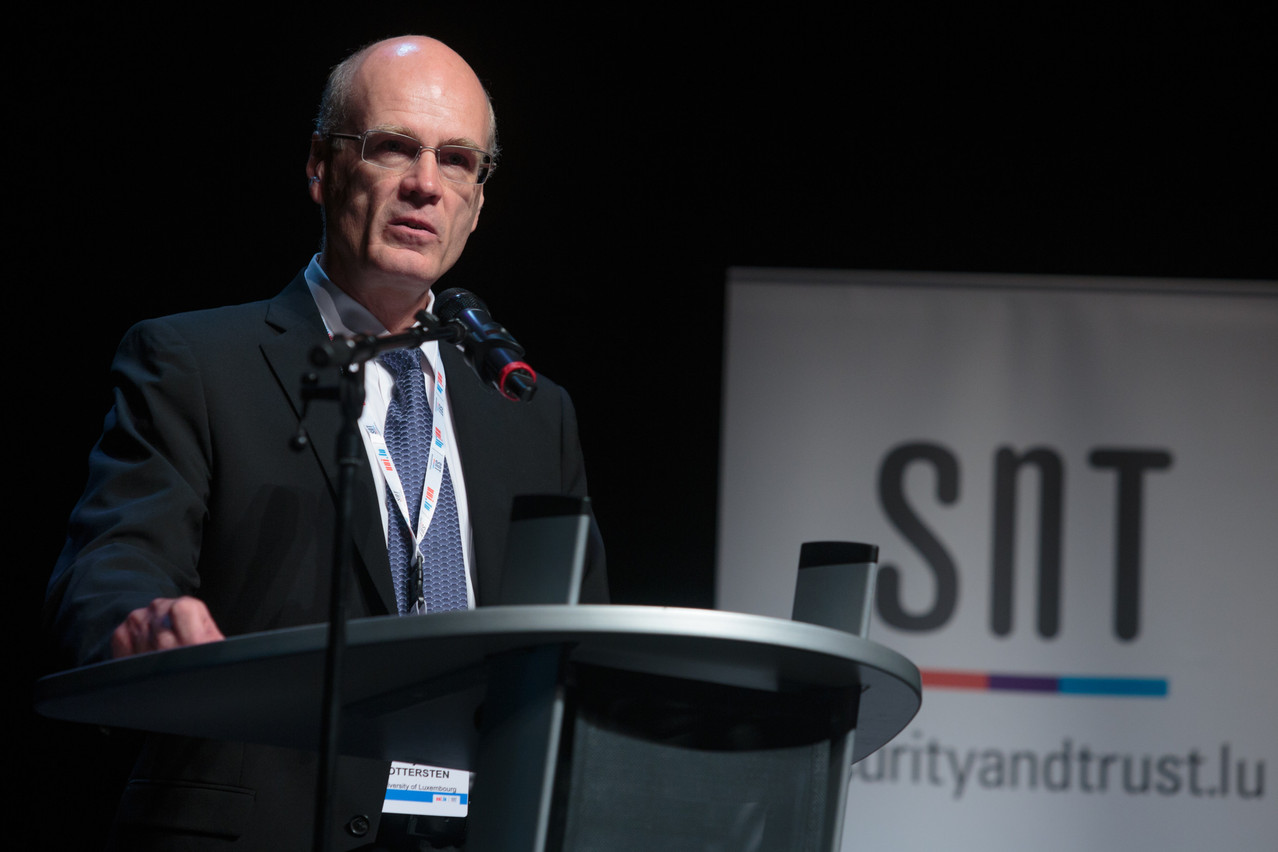Industry 4.0, a miracle solution for all types of industrial business?
. – “Miracle is a strong word, but industry 4.0 will certainly have far-reaching effects. Anyone involved in some kind of production will be impacted by the new technologies that define industry 4.0. These are the ability to collect and leverage data throughout a production process to extract information, control and optimise your needs. And while that boils down a lot of complexity, the key thing is the result that we will see. Using data in this way can enable a manufacturer to become more flexible and agile, or be more efficient, for example with their energy and resource use.
On the macro level, these innovations will go beyond impacting just industrial businesses. Industry 4.0 is expected to fuel a resurgence in manufacturing in Europe, which in turn should stimulate more widespread economic growth. This is a way to turn the tide for manufacturing industry in Europe. Now with smart manufacturing we have the opportunity to increase our competitiveness if we look towards creating efficient and high-quality production facilities.
What makes a good ‘smart factory’?
“The core of industry 4.0 is data, and that means unlocking it is the key to success. Today this is still a significant challenge, though, as the systems enabling smart factories are not interoperable. Service providers see the data collected by their solutions as proprietary, and therefore design closed systems. In order to create a truly functional smart factory in this situation, our task becomes unlocking the access to the data and making it possible to share it across all the systems. With the systems communicating with each other, a production facility can then extract the maximum benefit from their investment in the technology.
What could industry 5.0 look like?
“It is impossible to predict the future of course but looking at the trends we are seeing today, it would be reasonable to imagine that decentralisation could be a defining factor of an industry 5.0. Today, even with the innovations being implemented, production is still limited to dedicated facilities around the globe. This means that resources need to be extracted, sent to these locations, and then once production is complete, the product needs to be shipped internationally to reach consumers. This model is based on the principle of economies of scale, and we need to get to the point that it is possible to break with that practice and instead implement small-scale production.
3D printing is a promising technology that offers the opportunity to completely change this paradigm, but it needs to achieve an efficient cost structure and expand its capabilities before it can be used as a viable replacement for centralised manufacturing. Once it has, this will be a significant milestone as it will make it possible for goods to be produced in a decentralised production mode. Additionally, advancing the 3D printing technology will make it possible to individualise the manufacturing industry, allowing consumers to customise products according to their specific needs. Both customisation and decentralisation promise to put less strain on our supply of resources and energy, which is a promising future to work towards.”
